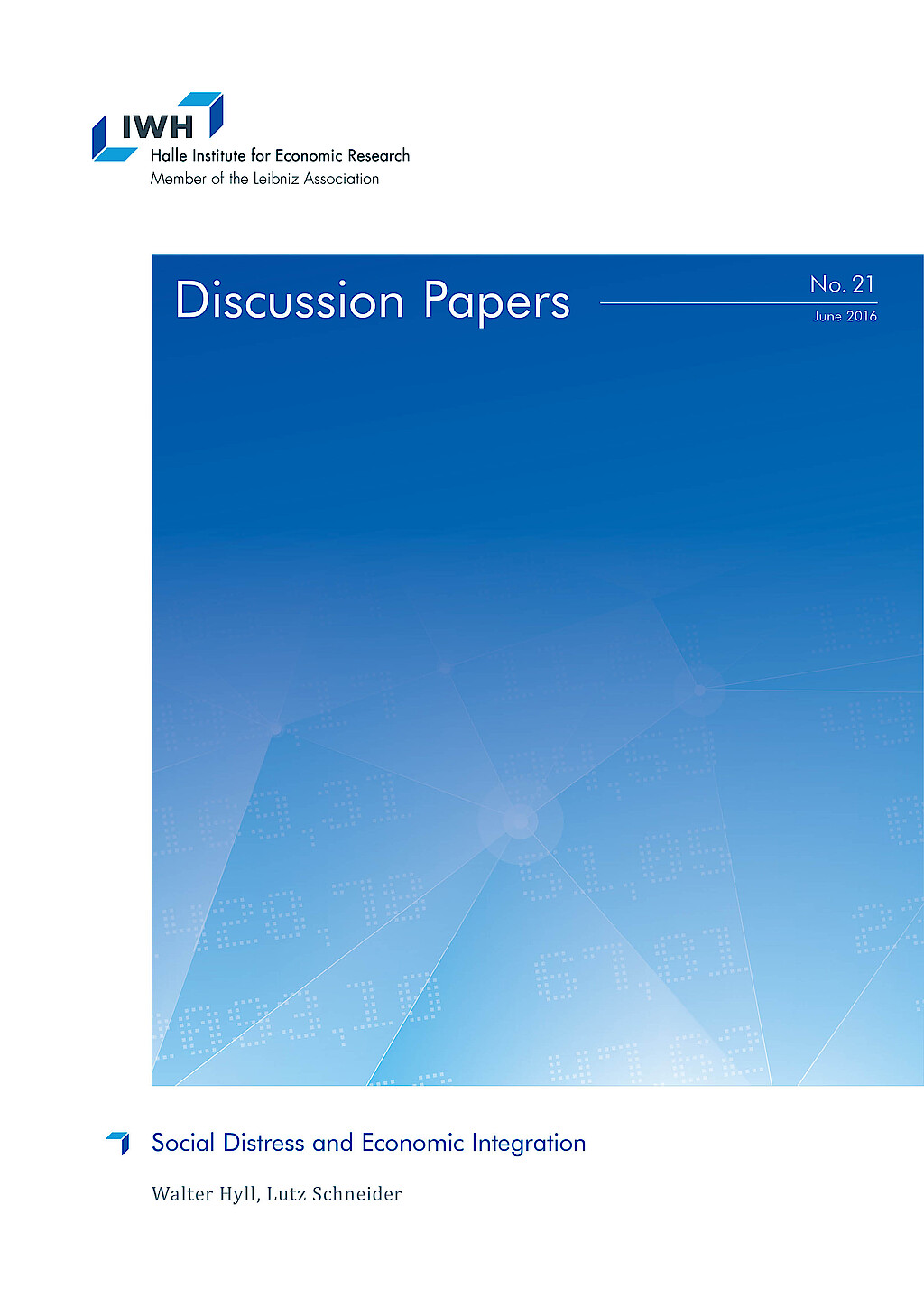
Is the European Monetary Union an Endogenous Currency Area? The Example of the Labor Markets
Our study tries to find out whether wage dynamics between Euro member countries became more synchronized through the adoption of the common currency. We calculate bivarate correlation coefficients of wage and wage cost dynamics and run a model of endogenously induced changes of coefficients, which are explained by other variables being also endogenous: trade intensity, sectoral specialization, financial integration. We used a panel data structure to allow for cross-section weights for country-pair observations. We use instrumental variable regressions in order to disentangle exogenous from endogenous influences. We applied these techniques to real and nominal wage dynamics and to dynamics of unit labor costs. We found evidence for persistent asymmetries in nominal wage formation despite a single currency and monetary policy, responsible for diverging unit labor costs and for emerging trade imbalances among the EMU member countries.




